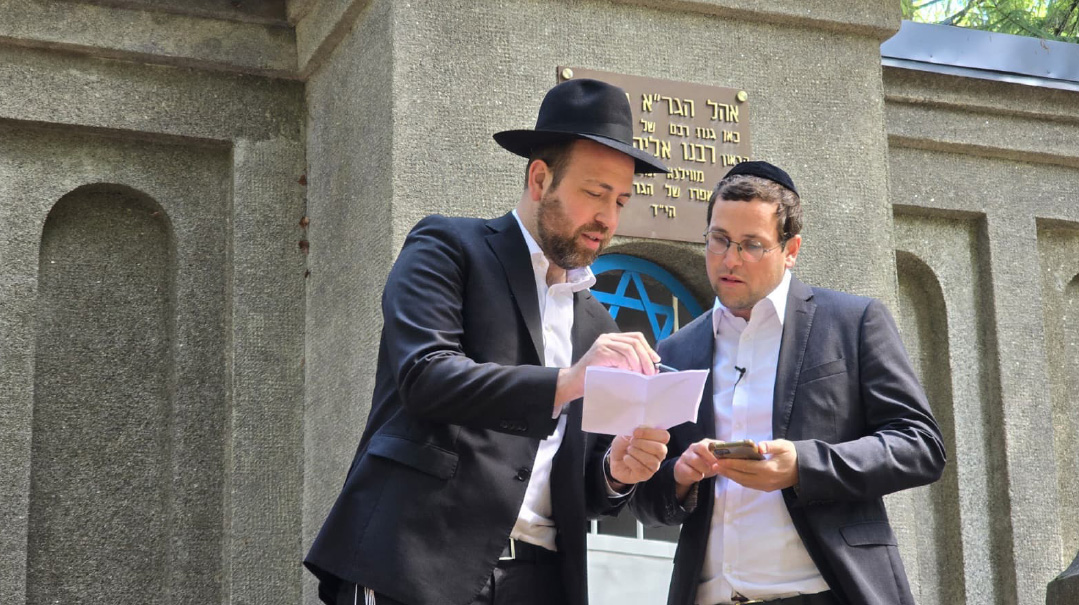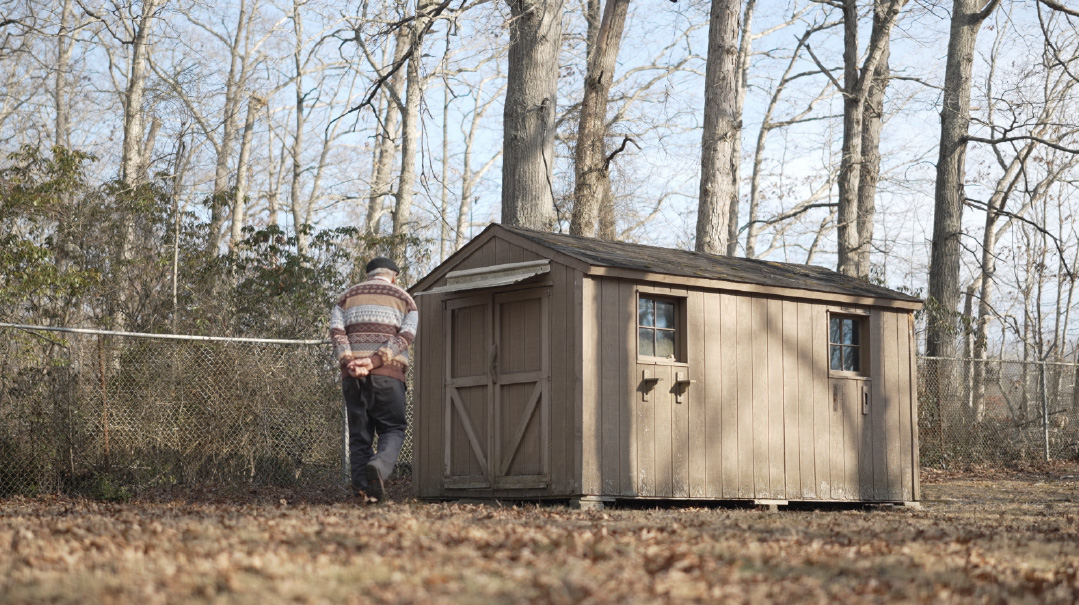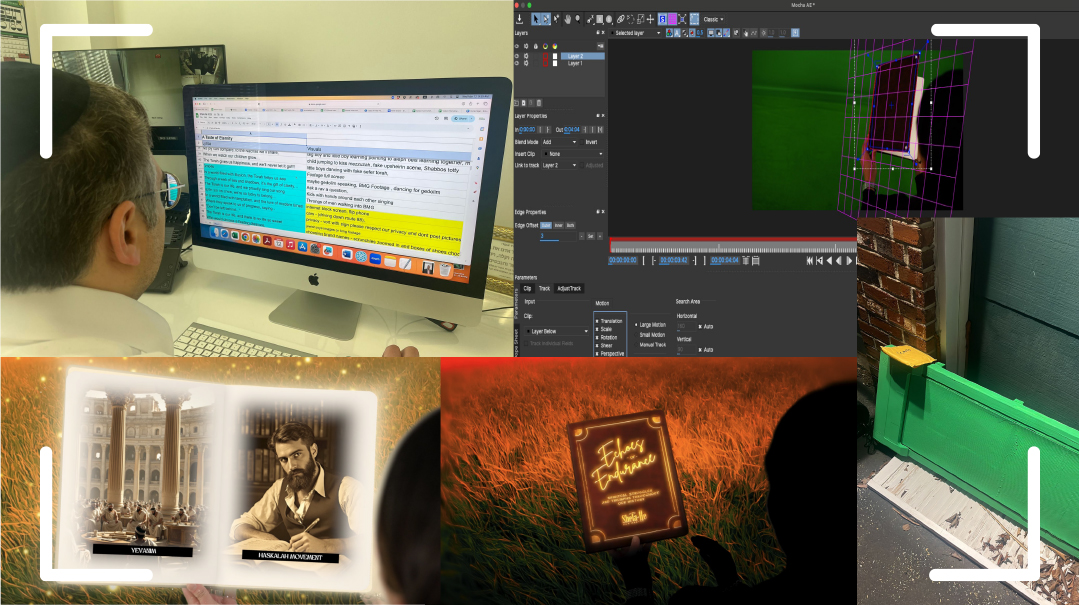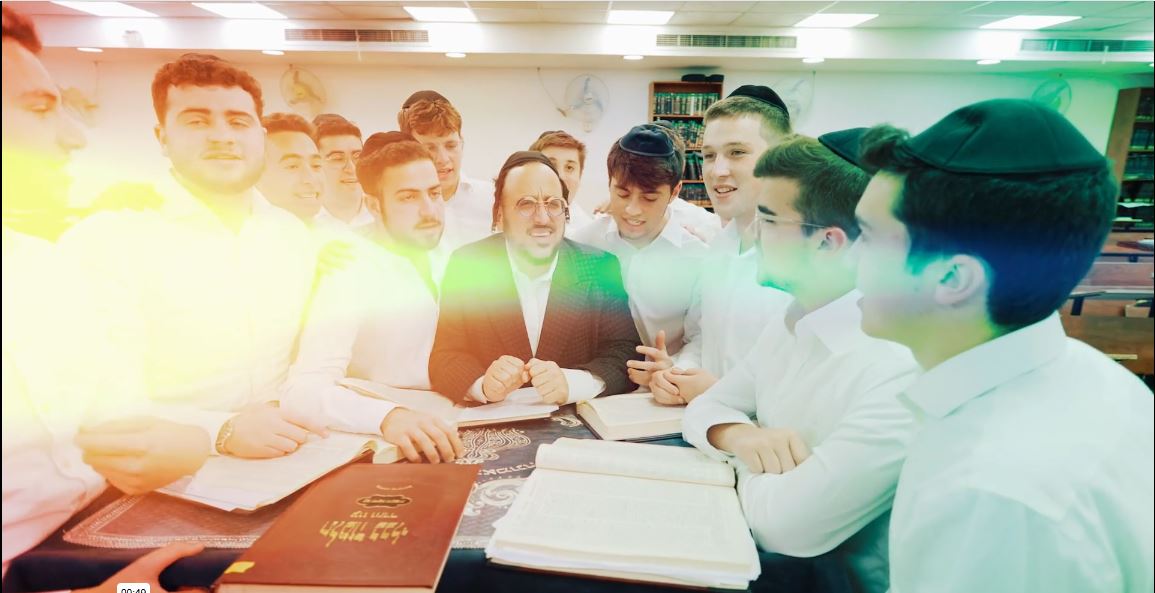Client: Executive Directors Network (EDN)
| September 3, 2024To highlight how executive directors are the true powers behind our mosdos

Client: Executive Directors Network (EDN)
Objective: Create two exciting and informative videos to show at the EDN Conference
Film locations: Our green screen studio in Lakewood, New Jersey, as well as several institutions around the Tristate area
Project Deadline: July 2024
The Proposal
The EDN conference is an annual get-together for the executive directors of our mosdos, where they can network, hear from industry experts, and overall rejuvenate for the coming year. Our team has been attending as a vendor for the past several years; many of our clients are executive directors, and it gives us a chance to meet face to face. This is especially helpful for the organizations from outside of the Tristate area we don’t get to see on a regular basis. We’ve also worked with the EDN itself for the past four years, servicing their video needs, so I was excited when Yitzchok Krausz, executive vice president of Cheder D’Monsey and one of the EDN organizers, reached out in the spring.
The marketing company they were working with had come up with the slogan “Empowered to power” to highlight how executive directors are the true powers behind our mosdos, with EDN in turn helping empower them.
“I want the focus of the feature to be on the first part,” Yitzchok told me. “The executive director position is one of the most demanding jobs in the nonprofit world, and they deserve the acknowledgment.”
I called him back a few days later with our idea.
“In previous features we’ve had rabbanim extolling the virtues of the executive director’s role — I think this year we should try to show rather than tell,” I said. “What I’d do is start off the video with various scenes of ‘challenges’ — an empty beis medrash, a dark classroom, a raw building site. And then, after showing some footage of executive directors on the job, answering phones, sending emails, and meeting donors, show the ‘resolution’ to all of those scenes — a vibrant shot with a full beis midrash, a bright classroom, a completed building.”
The toughest part of any job is the day-to-day nitty-gritty, I explained, and a hardworking person in the back office may not even see the fruits of his labor.
“Juxtaposing the hard work and dedication of the executive directors with the beauty of the mosdos themselves should help them connect their work with the end product, driving home the message that executive directors are truly builders of Klal Yisrael,” I concluded.
Yitzchok loved the concept, and he supplied us with some more examples we could use, including showing an empty fundraising webpage, and then having the numbers shoot up as the mosad reaches its goal.
Oops! We could not locate your form.







